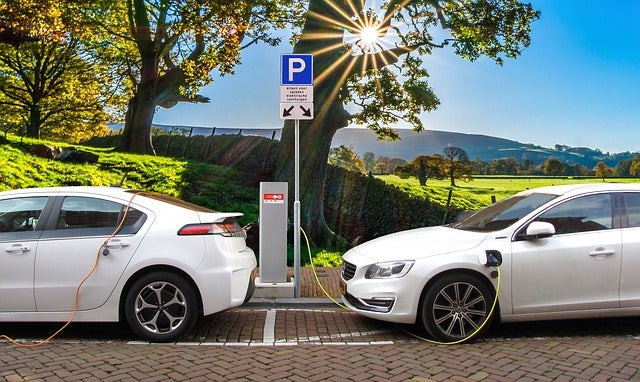
By combining renewable energy from Kyocera’s solar power generating systems and BYD’s electric buses, the collaboration will maximize the effectiveness of renewable energy, greatly reduce power losses, and maintain a stable supply-demand energy balance.
For this project, Kyocera will develop the energy charge management system to optimally control the supply-demand balance between energy production and consumption by using aggregation technology developed during Virtual Power Plant (VPP) test projects over the past several years. This system will also incorporate the Kyocera’s renewable energy generating system. Meanwhile, BYD will supply two models of electric buses; K9, a large electric bus already available to the global market and J6, a compact electric bus specifically developed for the Japanese market which will be available in spring 2020. Additionally, BYD will use its technological expertise in developing electric buses and insights from energy consumers to consult on the project.
Following the Paris Agreement of 2015, countries and private enterprises around the world have been working toward developing innovative solutions to tackle global climate change. Since automobiles are significant contributors to global CO2 pollution, it has become a top priority to improve their energy efficiency. In Japan, the Ministry of Economy, Trade, and Industry (METI) has encouraged the use of xEVs as part of its “Well-to-Wheel Zero Emission” policy which aims to reduce greenhouse gas emissions by around 80% per vehicle, and up to 90% per passenger vehicle from 2010 levels by 2050.
In verifying the effectiveness of the supply-demand integrated energy system for electric buses, Kyocera will also explore the potential of other renewable energy applications such as independent power systems for residential, transportation, and ride-sharing services in collaboration with local communities, power retailers, and transmission and distribution system operators. Kyocera aims to demonstrate this energy system for EVs in 2020 with the goal of bringing it to market in 2021 after incorporating key findings from this collaboration with BYD.
Source: Company Press Release






